GS25 - Dongdaemun Fashion Branch [Tax Refund Shop] (GS25동대문패션점)
5.8Km 2024-06-27
#101, 254, Eulji-ro, Jung-gu, Seoul
-
Namsan Octagonal Pavilion (남산 팔각정)
5.8Km 2021-06-19
105, Namsangongwon-gil, Yongsan-gu, Seoul
+82-2-3783-5900
Originally known as Unamjeong Pavilion, the pavilion was built in 1959 to commemorate Rhee Syngman. It was demolished by the 4.19 movement in 1960 and was rebuilt on November 11, 1968. This pavilion now sits atop Namsan Mountain, with views covering the entirety of Seoul below. As it is a prime spot to view the first sunrise of the year, the annual sunrise festival takes place every New Year's Day.
Haepungbuwongun Yun Taekyeong's Jaesil (해풍부원군윤택영댁재실)
5.8Km 2021-11-10
28, Toegye-ro 34-gil, Jung-gu, Seoul
+82-2-3396-5882
Haepungbuwongun Yun Taekyeong's Jaesil is a shrine house built by the father-in-law of King Sunjong of Joseon dynasty in 1906 when his daughter was proclaimed the crowned princess of Joseon and entered Changdeokgung Palace to later become Queen Sunjeong. Red pine trees salvaged from the demolition of Gyeongungung Palace were used to construct the house. It was originally located in Jegi-dong, Dongdaemun-gu, but was later restored and moved to its present location. The shrine of the house that was destroyed in 1960 was also restored.
Because the house is more of a shrine rather than residential living quarters, it has many unique features. For example, unlike other houses, it has the anchae (women’s quarters) located across from sarangbang (men’s quarters) with daecheong (living room) positioned between them.
Pildong Myeonok (필동면옥)
5.8Km 2024-03-07
26, Seoae-ro, Jung-gu, Seoul
+82-2-2266-2611
Pildong Myeonok specializes in authentic pyeongyang naengmyeon (pyeongyang cold buckwheat noodles). Their signature dish is Pyeongyang naengmyeon (Pyeongyang cold buckwheat noodles), which has a light and refreshing broth and chewy noodles. Mandu and Mandut guk (Mandu soup) are also popular dishes to go with it. Having been selected for the Michelin Guide Seoul 2023, this restaurant is a favorite among locals and tourists alike for its flavorful noodles.
Goodmorning City (굿모닝시티)
5.8Km 2020-05-09
247, Jangchungdan-ro, Jung-gu, Seoul
+82-2-2118-8700
Opened in November 2008, Goodmorning City is one of the largest shopping malls in Korea. It is located near the Dongdaemun History & Culture Park Station and is directly linked to other shopping malls in Dongdaemun.
The mall is comprised of 23 floors and over 700 stores, offering visitors virtually every kind of product—from fashion accessories to electronics. With a variety of stores and amenities, Goodmorning City is truly a comprehensive shopping mall that provides visitors with an amazing shopping and entertainment experience.
Homeplus - Dongdaemun Branch [Tax Refund Shop] (홈플러스 동대문)
5.8Km 2024-04-23
133, Cheonho-daero, Dongdaemun-gu, Seoul
-
Olens - Dongdaemun Branch [Tax Refund Shop] (오렌즈 동대문)
5.8Km 2024-04-16
1F, 251, Jangchungdan-ro, Jung-gu, Seoul
-
Olive Young - Dongdaemun History & Culture Park Branch [Tax Refund Shop] (올리브영 동대문역사문화공원역)
5.8Km 2024-04-18
251, Jangchungdan-ro, Jung-gu, Seoul
-
Seoul Folk Flea Market - Traditional Arts & Crafts Studio (서울풍물시장 전통문화체험관)
5.8Km 2021-08-12
21, Cheonho-daero 4-gil, Dongdaemun-gu, Seoul
+82-2-2232-3368
The Traditional Arts & Crafts Studio in Seoul Folk Flea Market was created to give both locals and international visitors a chance to experience the traditional arts of Korea first-hand. For international visitors, programs serve as a brief introduction to some of the finer points of Korean art. For many Koreans, the studio’s programs are ways to relive childhood memories or experience traditional culture as a family.
Seoul Seokchon-dong Ancient Tombs (서울 석촌동 고분군)
5.9Km 2021-02-26
21, Garak-ro 7-gil, Songpa-gu, Seoul
+82-2-421-0970
The Ancient Tombs in Seokchon-dong were found and investigated as part of the city development project in Jamsil district. It was impossible to determine the full scale of the ancient tombs in this area due to the severity of destruction. The largest tomb, the third tomb, measures 49.6 meters from east to west, 43.7 meters from south to north, and 4 meters in x_height. The tomb features three layers of stones topped by a smooth mound, which is a tomb style originating from the Goguryeo dynasty (37 BC-AD 668). The tombs are presumed to belong to one of the earliest leaders of the Baekje dynasty (18 BC-AD 660), which was founded by the people of Goguryeo who had come down southwards to establish a new kingdom around the Hangang River basin.
The square-shaped fourth tomb features a structure similar to the third tomb. Many pieces of earthenware from the early Baekje era were found in the fourth tomb. Also excavated around this site was a gold spangle earring. The third and fourth tombs have been registered as Historic Site No. 243. The tomb site offers valuable information concerning the culture and customs of the Baekje dynasty in its golden age around the 4th century, as well as the relations between the three ancient kingdoms (Goguryeo, Baekje, and Silla) around that time.

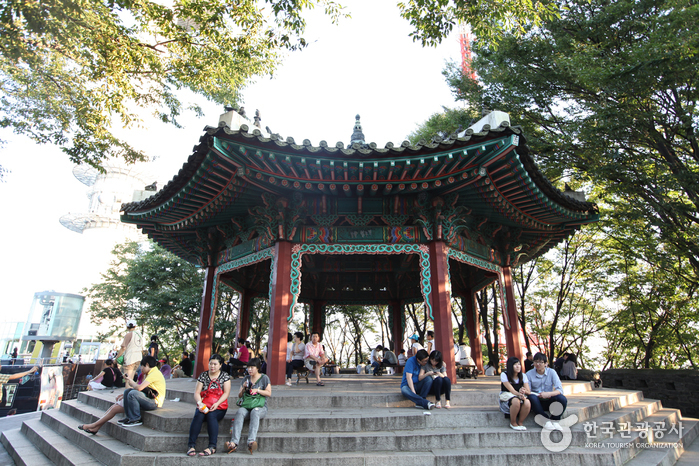
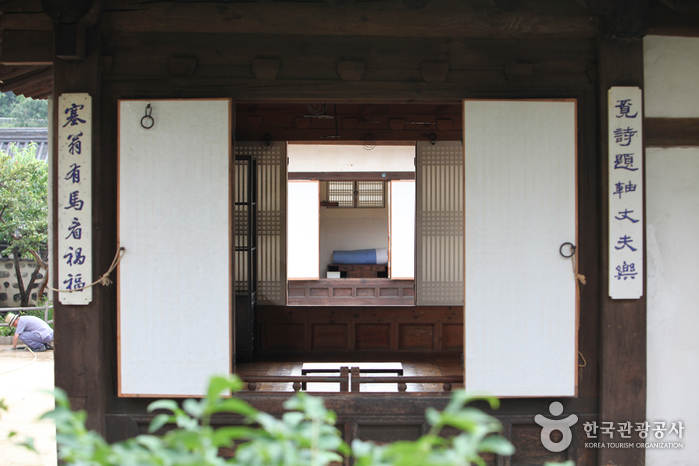
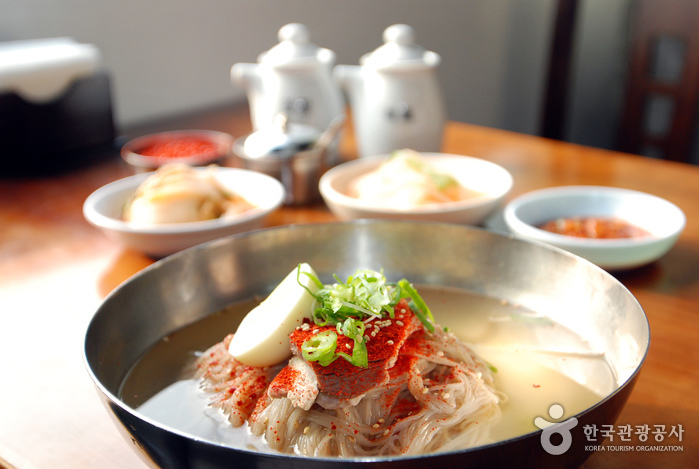
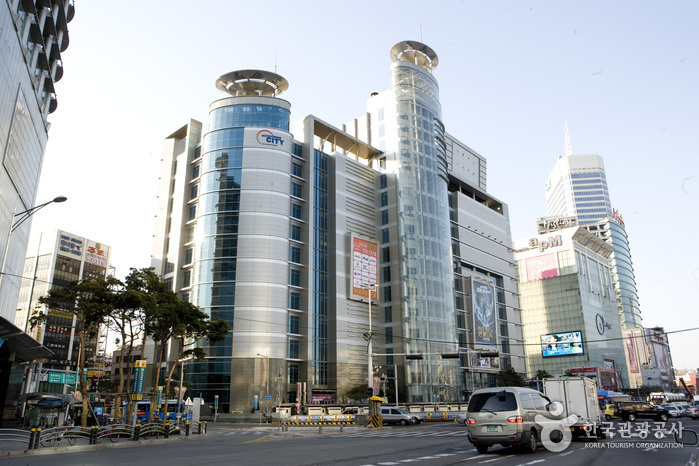
![Olens - Dongdaemun Branch [Tax Refund Shop] (오렌즈 동대문)](http://tong.visitkorea.or.kr/cms/resource/81/2887981_image2_1.jpg)
![Olive Young - Dongdaemun History & Culture Park Branch [Tax Refund Shop] (올리브영 동대문역사문화공원역)](http://tong.visitkorea.or.kr/cms/resource/10/2889310_image2_1.jpg)
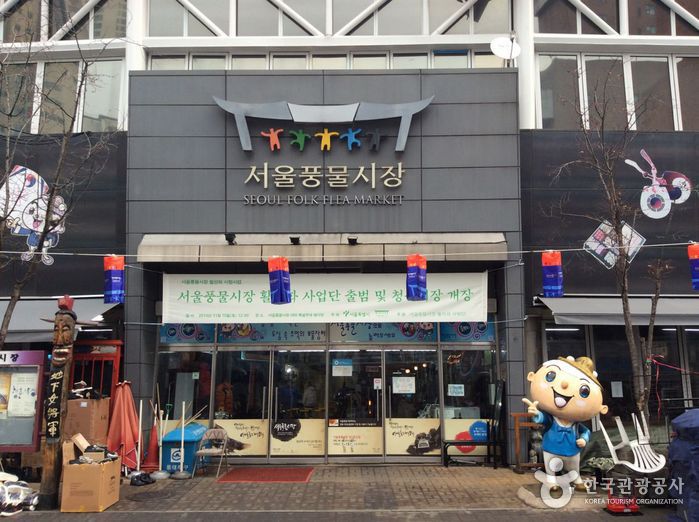
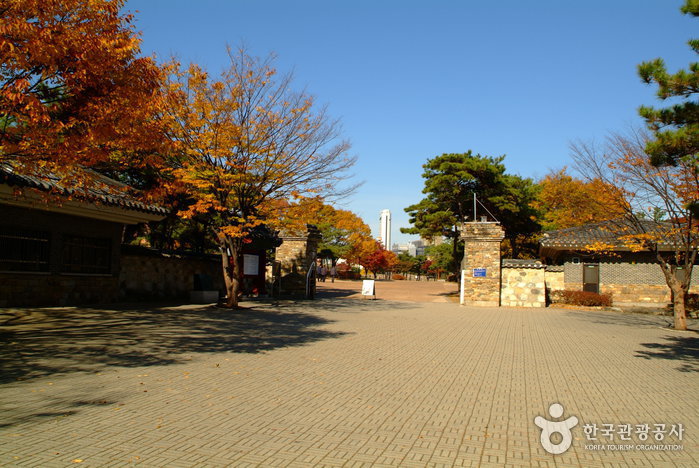
 English
English
 한국어
한국어 日本語
日本語 中文(简体)
中文(简体) Deutsch
Deutsch Français
Français Español
Español Русский
Русский